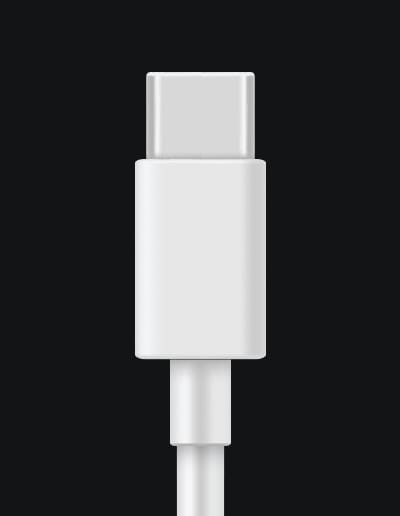What is USB C?

— or —

USB Type-C was officially announced in August 2014 by the USB Implementers Forum (USB-IF), a non-profit organization that includes major tech companies like Apple, Intel, and Microsoft. The first devices featuring USB Type-C ports began appearing in 2015, and the standard has been rapidly adopted since.
| USB Standard | Max Data Transfer Speed |
|---|---|
| USB 2.0 | 480 Mbps |
| USB 3.1 Gen 1 | 5 Gbps |
| USB 3.1 Gen 2 | 10 Gbps |
| USB 3.2 | 20 Gbps |
| USB4 | 40 Gbps |
Not only is USB Type-C still used now, but it is also growing in prominence. Many consider it to be the future of connectivity due to its versatility, speed, and ease of use. Most new consumer electronic devices being released today either already include or are moving towards including USB Type-C ports. As older standards like Type-A and Type-B continue to age, Type-C is poised to take over as the go-to choice for both new and existing types of devices.
Given its rapid adoption and the support from major tech companies, USB Type-C is likely to be the standard that defines device connectivity for years to come. Its wide range of applications, from mobile phones to industrial equipment, solidifies its position as a versatile and future-proof technology.
In conclusion, USB Type-C represents more than just another connector; it signifies a new era in the evolution of universal connectivity. Its forward-thinking design and multifunctional capabilities make it a cornerstone in the tech world today, with an influence that will only continue to grow.
Same day dispatch when you order before 2:00 pm.
We back our product with a massive 24 month warranty.
Got a question? Chat, email or talk to our super friendly support team.